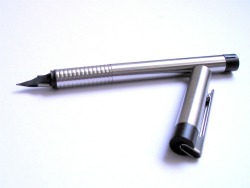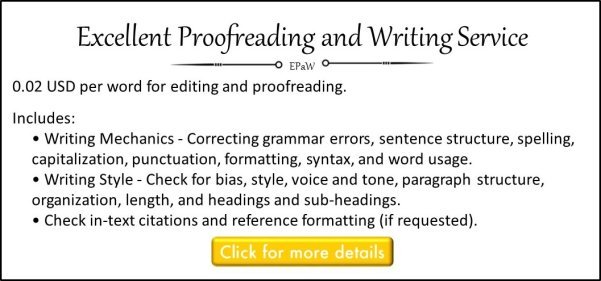Research Paper Outline
All research papers generally follow the same research paper outline.
This is:
- Title
- Abstract
- Introduction
- Materials and methods
- Discussion
- Conclusions
- Acknowledgements
- References
- Appendix
No matter what type of research paper you’re writing, it could be a scientific paper or a general academic research paper; it’ll follow this general outline. The research paper outline is just one part of the format that research papers are written in, but it’s an important part. Get this part right and your readers will be able to follow your argument easily.

Title
The title should be simple and descriptive, also fairly short if possible.
The title is the part that'll get read the most if your research paper is publish, so it should be easy for your readers to understand. It should also be descriptive so that when they decide to read your paper after thinking what a great title you have; it matches the information from the title and they won’t feel that they’ve wasted their time reading a paper that isn’t relevant to them.
Abstract
The abstract is a summary of the paper. This should normally be written last after the rest of your paper has been written. Most abstracts should be about 250 words long, some might be longer and some shorter, but aim for about that many words. Include the main points from the introduction, methods, results and discussion or conclusion. There shouldn’t be any references in the abstract or any links to tables or figures.
Introduction
This section includes the background information that your reader would need to understand the experiments you’ll present in the methods section. Keep this section concise and focused on the topic of your research paper.
When writing the introduction assume that your reader will have a similar level of education as yourself and knows at least the basics of the topic on which you’re writing. This way the introduction won’t be too basic.
In the last paragraph of the introduction you should list the aims of the research paper.
Materials and Methods
In this part of the research paper outline you should include what you did and only what you did. Present the results in the results section and not here. Explain what you did and how you did it. Also explain what statistical analysis you did on your results but present the outcome of the analysis in the results section.
Results
In this section list and explain your results but don’t discuss them, that should come in the discussion section. Each result should be explained in the text and if needed as a figure or table as well. If a result has only a few data points (less than six) you don’t really need a table or figure in addition to explaining it in the text.
When you present a table or figure and then explain the results in the text don’t just repeat the information from the visual representation, try to add something extra or just highlight the most interesting points.
Discussion
This is where you can discuss your results. Explain what you think they mean and refer to the literature to back up your point of view. When discussing a result refer to it (or the table or figure where it’s presented) but don’t repeat what you said in the results section. The discussion section is for adding further information.
Conclusion
This is sometimes part of the discussion section, in the last paragraph, but sometimes it has its own section. Here you should explain how your work has answered the aims you set out in the introduction and what the take home message should be.
Acknowledgements
In this section you need to thank anyone who helped you and acknowledge any funding sources.
References
In this section list all the papers or books that you’ve cited while writing your research paper.
Appendix
If you need to include extra information it should go in one or more appendices at the end of the research paper. The appendices could include raw data or worked examples of calculations, for example.

Return to Research Paper Writing from Research Paper Outline
Return to Excellent Proofreading and Writing Homepage from Research Paper Outline



By Jolyon Dodgson, copyright © 2011-2020.
Excellent-Proofreading-and-Writing.com - Proofreading and writing help for excellent first impressions.





New! Comments
Have your say about what you just read! Leave me a comment in the box below.